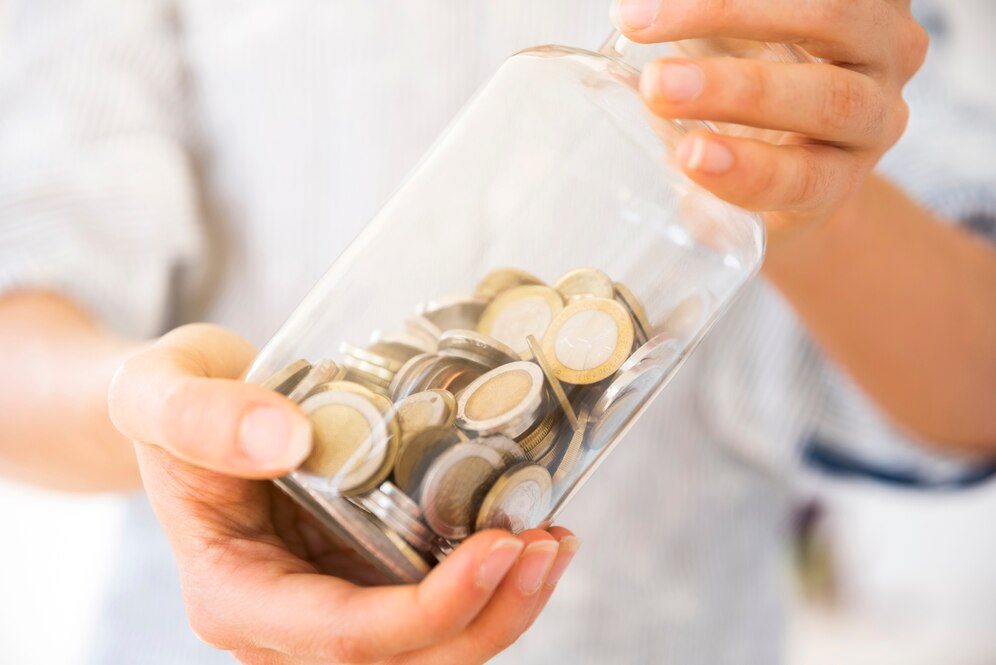We all know that life can be unpredictable. From unexpected medical bills to car repairs, having an emergency fund is crucial for covering life’s surprises. But simply having an emergency fund isn’t enough; where you choose to park your cash can make a big difference. Traditionally, people have kept emergency funds in savings accounts, but with low-interest rates, is that still the best option?
In this blog, we’ll explore why rethinking your emergency fund strategy is important and the best places to stash your cash to maximize safety and returns.
What is an Emergency Fund?
An emergency fund is a financial safety net that helps you cover unplanned expenses without relying on credit cards or loans. The rule of thumb is to have at least three to six months of living expenses saved up in case of emergencies like losing your job, unexpected medical costs, or urgent home repairs.
Why You Need to Rethink Your Emergency Fund
In the past, a basic savings account was considered the ideal place to store emergency funds. However, with current interest rates being so low, many savings accounts offer little to no growth on your money. That means, in the long run, inflation can erode the value of your emergency fund.
Let’s break it down: If your emergency fund is sitting in an account earning 0.01% interest while inflation is rising at 3%, your money is effectively losing value every year. So, while accessibility and safety are important, it’s also worth considering better options for your emergency fund that can keep up with inflation.
The Key Features of a Good Emergency Fund
Before diving into specific places to park your emergency fund, let’s first go over the key characteristics that make for a solid emergency fund:
- Liquidity: You need to be able to access the funds quickly, without penalties or delays.
- Low Risk: Since these funds are meant for emergencies, you don’t want to gamble with them. Risky investments like stocks aren’t ideal for emergency funds because their value can fluctuate significantly.
- Growth Potential: While growth isn’t the primary goal of an emergency fund, it’s still nice to earn a little interest so that inflation doesn’t reduce the value of your cash over time.
Where to Park Your Emergency Fund
Now that we’ve covered the basics, let’s look at some of the best places to park your emergency fund. Each of these options strikes a balance between liquidity, safety, and the potential for a modest return.
1. High-Yield Savings Accounts
A high-yield savings account is one of the most popular places for an emergency fund. Unlike traditional savings accounts, high-yield accounts offer significantly better interest rates, sometimes up to 10-20 times higher than a standard savings account.
Pros:
- Liquid and easy to access
- FDIC-insured up to $250,000
- Some growth potential through higher interest rates
Cons:
- Interest rates can fluctuate
- Still not a hedge against inflation
If you’re looking for a safe, low-risk place for your emergency fund but still want to earn a bit of interest, a high-yield savings account is a good option.
2. Money Market Accounts
Money market accounts are similar to high-yield savings accounts but tend to offer slightly higher interest rates in exchange for higher minimum balance requirements. Like savings accounts, these are FDIC-insured, meaning your money is protected up to $250,000.
Pros:
- Higher interest rates than traditional savings accounts
- Liquid and easy to access
- FDIC-insured
Cons:
- Often have higher minimum balance requirements
- Rates can vary
A money market account can be a great place to park your emergency fund, especially if you can meet the minimum balance requirements.
3. Certificates of Deposit (CDs)
A Certificate of Deposit, or CD, is a savings product that offers a fixed interest rate for a set term, usually ranging from a few months to several years. The downside is that your money is locked away for the term of the CD, meaning it’s not as liquid as a savings or money market account.
Pros:
- Offers fixed interest rates, which can be higher than savings accounts
- FDIC-insured
Cons:
- Limited liquidity; penalties for early withdrawal
- You may not be able to access your money in an emergency
CDs can be a good option if you’re willing to put away a portion of your emergency fund for a fixed period. Some people split their emergency fund into different tiers, keeping some cash liquid in savings while locking away another portion in a CD to earn a higher return.
4. Treasury Bills (T-Bills)
Treasury bills are short-term debt securities issued by the government. They are considered one of the safest investments, as they are backed by the U.S. government. T-bills are sold in terms of a few days to one year, making them a relatively liquid option for an emergency fund.
Pros:
- Very safe; backed by the U.S. government
- Short terms; money is accessible relatively quickly
- Offers a modest return
Cons:
- Not as liquid as a savings account
- Requires an initial investment
T-bills can be a good option for those who want a bit more return than a savings account while still prioritizing safety and liquidity.
5. Rethinking the “All Cash” Approach: Consider a Balanced Strategy
While keeping your entire emergency fund in cash is the safest option, you might consider a more balanced strategy, depending on your risk tolerance. Some financial experts suggest keeping a portion of your emergency fund in liquid assets like savings accounts, while placing the rest in investments like bonds or mutual funds for better long-term growth.
However, you should be careful not to expose your emergency fund to too much risk. For instance, while stock trading might offer higher returns, it also comes with significant risks and volatility, making it unsuitable for emergency savings.
If you’re interested in more active financial growth strategies beyond emergency funds, check out our stock trading blog for insights into more advanced investment options.
Improving Your Credit for Better Financial Stability
Having a solid emergency fund is essential, but it’s also important to manage your overall financial health, including your credit score. A poor credit score can limit your financial options in emergencies, especially if you need to rely on loans or credit cards. If your credit needs improvement, a credit repair solution might be helpful.
For those looking to improve their credit, services like credit repair software can help you understand and manage your credit more effectively. Improving your credit score can make it easier to access financial tools when emergencies arise, allowing you to weather financial storms more effectively.
Final Thoughts: Balance Safety and Growth
When rethinking your emergency fund, it’s important to strike a balance between safety, liquidity, and modest growth. You want your money to be easily accessible in an emergency, but you also don’t want it to sit idle and lose value over time due to inflation.By parking your emergency fund in a high-yield savings account, money market account, or short-term CDs, you can ensure that your money is safe, accessible, and working a bit harder for you. And don’t forget to regularly review and adjust your strategy as the economic landscape changes.









